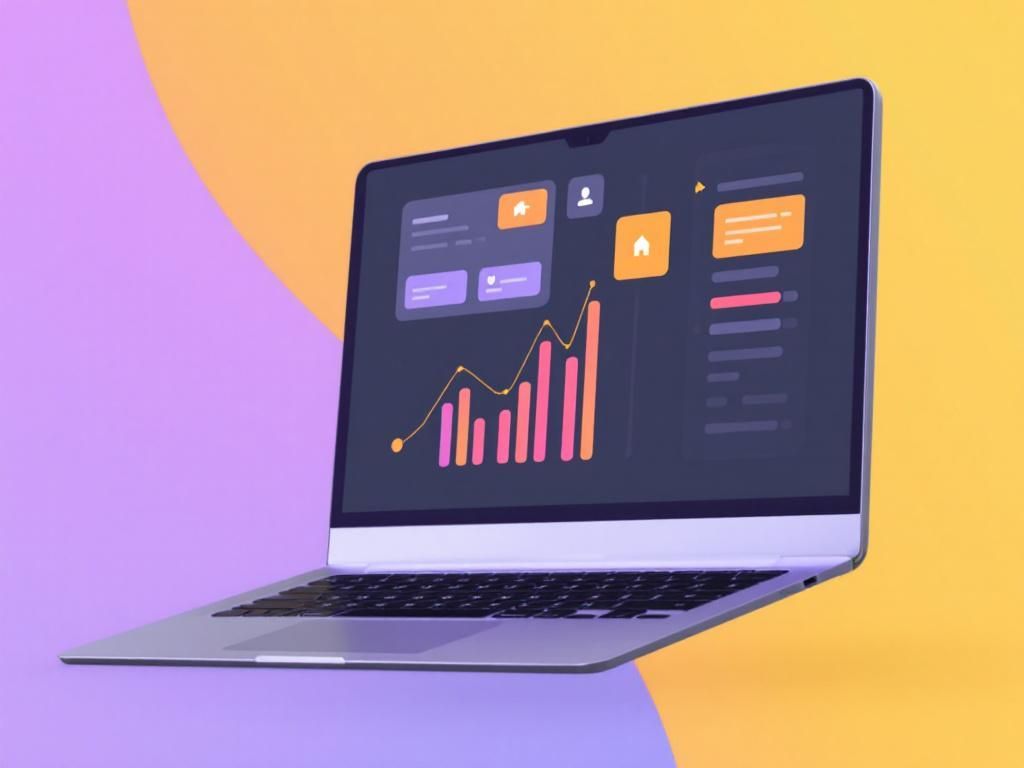As we delve into the rapidly evolving field of Natural Language Processing (NLP), the significance of powerful APIs becomes increasingly evident. These APIs allow developers to integrate sophisticated language understanding capabilities into their applications, enabling a range of functionalities from sentiment analysis to machine translation. This article explores some of the top NLP APIs anticipated to lead the market in 2025, highlighting their features, use cases, and advantages.
Understanding Natural Language Processing
Natural Language Processing is a subfield of artificial intelligence that focuses on the interaction between computers and human language. With advancements in machine learning and deep learning, NLP has seen remarkable growth, resulting in various applications that enhance user experience and streamline processes.
Key Features of NLP APIs
Before exploring specific APIs, it’s important to understand the core features they typically offer:
- Text Analysis: Analyzing text for sentiment, keywords, and entities.
- Machine Translation: Translating text between different languages with high accuracy.
- Speech Recognition: Converting spoken language into text.
- Text Generation: Generating human-like text based on a given prompt.
- Chatbots and Virtual Assistants: Enabling conversational interfaces for users.
Top NLP APIs in 2025
1. OpenAI GPT-4 API
OpenAI’s GPT-4 API is one of the most advanced and widely used NLP APIs available. Leveraging state-of-the-art deep learning techniques, it excels in text generation and understanding.
Key Features:
- Dynamic text generation with context understanding.
- Versatile applications including chatbots, content creation, and summarization.
- Integration with various platforms via RESTful API.
Use Cases:
- Content creation for blogs and articles.
- Coding assistance and code generation.
- Automated customer service interactions.
2. Google Cloud Natural Language API
Google Cloud’s Natural Language API provides powerful tools for analyzing text using machine learning. It is particularly strong in entity recognition and sentiment analysis.
Key Features:
- Entity recognition and sentiment analysis.
- Syntax analysis with part-of-speech tagging.
- Multi-language support.
Use Cases:
- Analyzing customer feedback to gauge sentiment.
- Extracting data from unstructured text.
- Improving search results through semantic understanding.
3. IBM Watson Natural Language Understanding
IBM’s Watson offers a comprehensive NLP suite through its Natural Language Understanding API, designed for enterprises seeking deep insights from their text data.
Key Features:
- Emotion analysis to detect nuanced feelings in text.
- Keywords extraction and categorization.
- Customizable models tailored for specific industry needs.
Use Cases:
- Brand monitoring through social media sentiment analysis.
- Market research via customer response analysis.
- Content moderation for user-generated content.
4. Microsoft Azure Text Analytics
Microsoft’s Text Analytics API is part of the Azure Cognitive Services and provides functionalities focused on sentiment analysis, entity recognition, and language detection.
Key Features:
- Language detection across multiple languages.
- Sentiment scoring on a scale from 0 to 1.
- Integration with other Azure services for scalability.
Use Cases:
- Improving customer engagement through feedback analysis.
- Enhancing search engine optimization (SEO) through keyword extraction.
- Automating support ticket categorization.
5. Rasa NLU
Rasa NLU is an open-source NLP framework that enables developers to build conversational AI applications. Its flexibility makes it an ideal choice for those who prefer customizing their models.
Key Features:
- Customizable models with machine learning pipelines.
- Integration with messaging platforms like Slack and Facebook Messenger.
- Support for multi-intent classification.
Use Cases:
- Creation of tailored chatbots for businesses.
- Voice assistant development for various industries.
- Custom language understanding applications.
Comparison Table of NLP APIs
| API | Primary Features | Best For |
|---|---|---|
| OpenAI GPT-4 | Text generation, context awareness | Content creators, developers |
| Google Cloud NLP | Entity recognition, sentiment analysis | Data analysts, marketers |
| IBM Watson NLU | Emotion analysis, customizable models | Enterprises, researchers |
| Microsoft Azure | Sentiment scoring, language detection | Businesses with Azure infrastructure |
| Rasa NLU | Custom models, multi-intent classification | Developers, startups |
Conclusion
The landscape of Natural Language Processing is continually evolving, with new APIs emerging that offer advanced capabilities. As we look towards 2025, these top NLP APIs are poised to empower developers and businesses alike, facilitating the creation of intelligent applications that understand and generate human language with remarkable accuracy. By leveraging these technologies, organizations can enhance their operations, improve customer engagement, and drive innovation in their respective fields.
FAQ
What are the top natural language processing APIs available in 2025?
In 2025, the leading natural language processing APIs include OpenAI’s GPT-4, Google’s BERT API, Microsoft’s Azure Text Analytics, IBM Watson Natural Language Understanding, and Hugging Face’s Transformers API.
How do natural language processing APIs enhance user experience?
Natural language processing APIs enhance user experience by providing advanced capabilities such as sentiment analysis, language translation, chatbots, and content generation, enabling businesses to interact more effectively with users.
What industries benefit the most from natural language processing APIs?
Industries such as healthcare, finance, customer service, and e-commerce benefit significantly from natural language processing APIs by automating tasks, improving customer engagement, and analyzing vast amounts of text data.
Are there any free natural language processing APIs available in 2025?
Yes, several natural language processing APIs offer free tiers or trial versions, including Google’s Natural Language API, IBM Watson, and Hugging Face, allowing developers to experiment with NLP capabilities without initial costs.
What should I consider when choosing a natural language processing API?
When choosing a natural language processing API, consider factors such as ease of integration, pricing, available features, supported languages, and the API’s performance in your specific use case.
Can natural language processing APIs be integrated with machine learning models?
Yes, many natural language processing APIs can be seamlessly integrated with machine learning models to enhance their capabilities, allowing for more sophisticated data analysis and insight generation.




